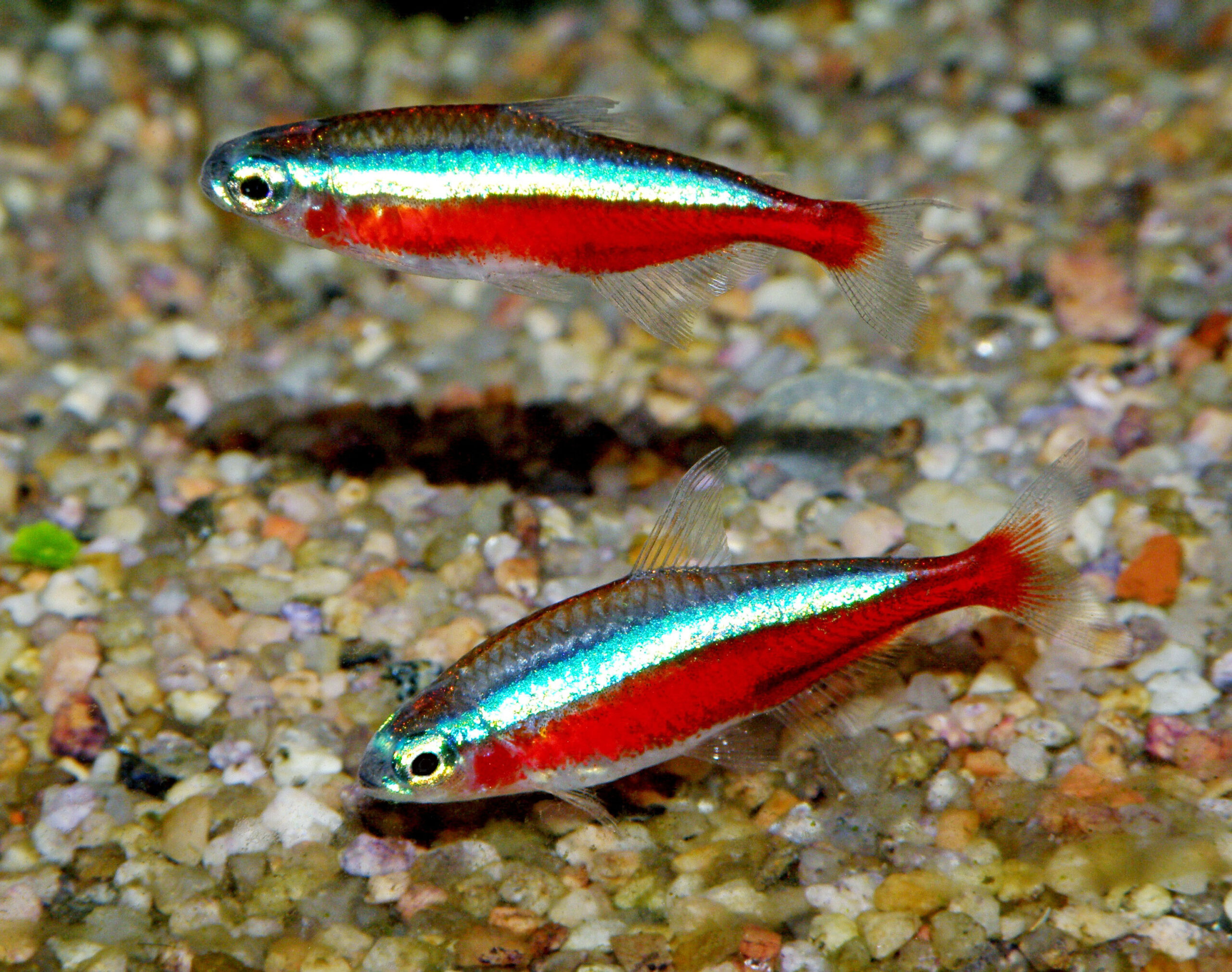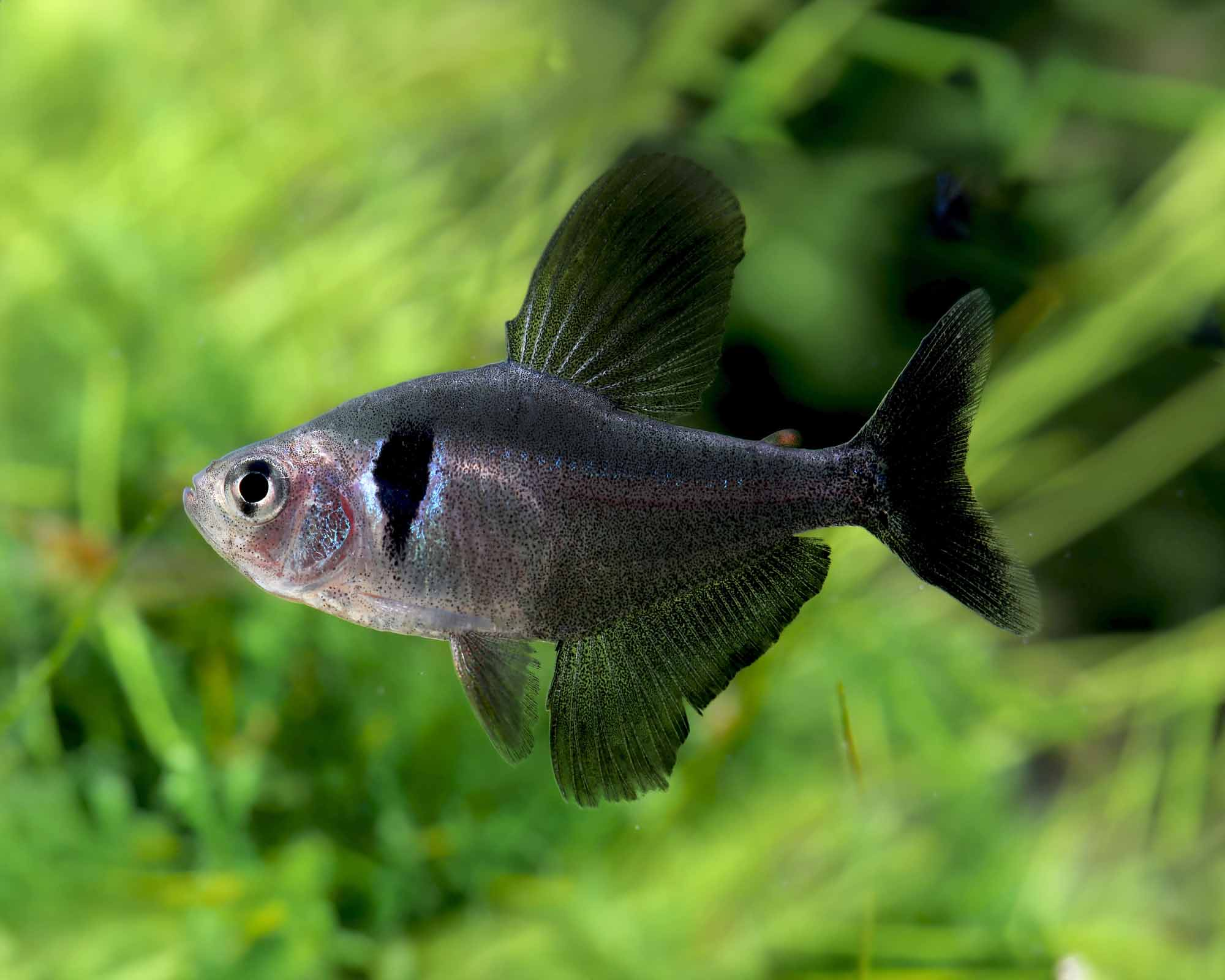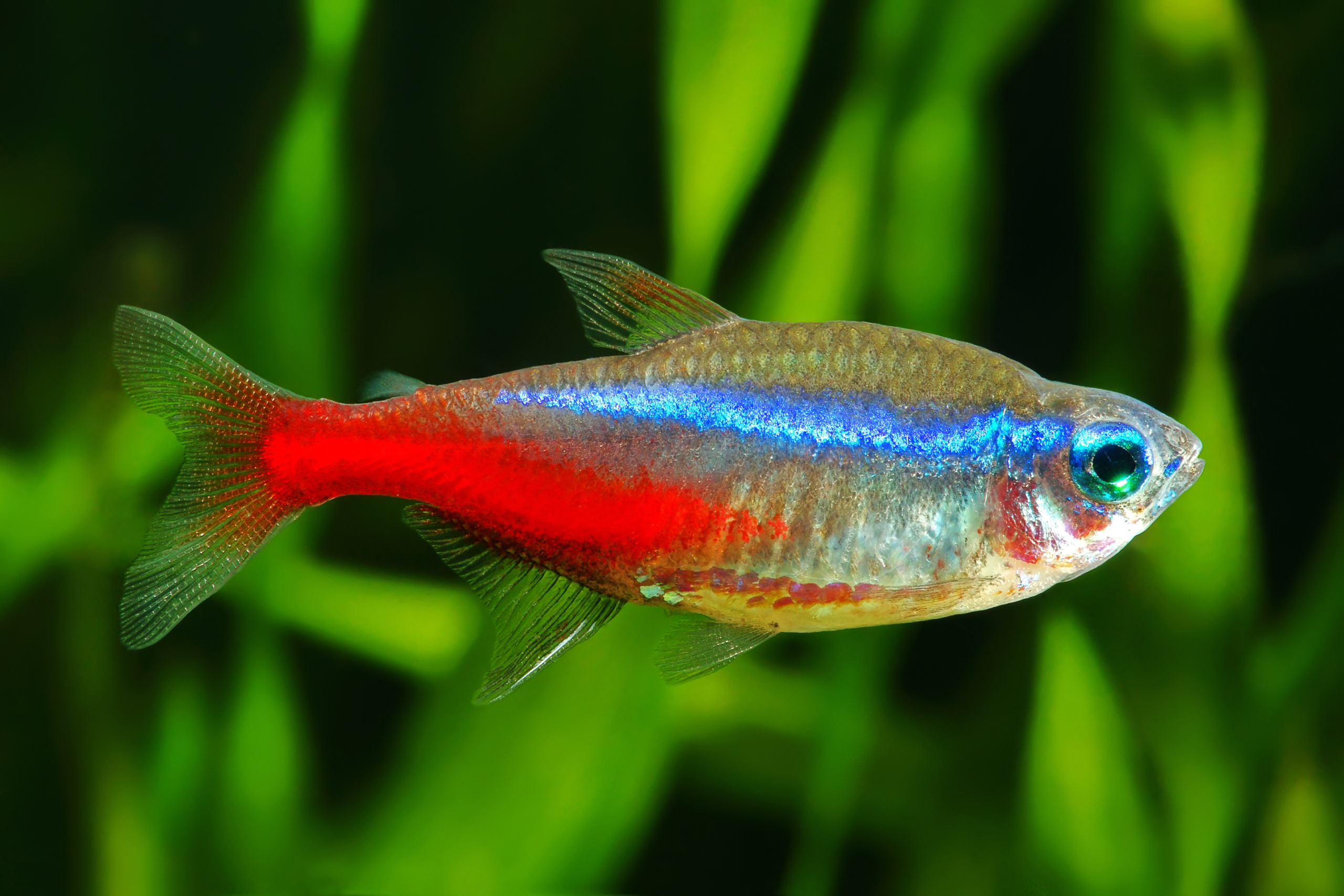Origin and breeding
A Lake Malawi endemic, the Yellow lab is a regional colour variant of the blue-white L. caeruleus.
Populations in Kakusa, Mbowe Island and Lion’s Cove contain bright yellow fish which obviously appeal to fishkeepers — although 99.9% of all Yellow labs are now captive bred from wild ancestors and Singapore and the Czech Republic are the major exporters.
Czech fish are generally smaller, but better quality and worth their extra cost.
Easy to feed
Yellow labs are one of the easiest mbuna to feed because they are insectivores, being less reliant on algae and less likely to develop Malawi bloat through being fed the wrong (high protein) diet in captivity.
They will be fine with Spirulina flake and even goldfish food, if keeping protein levels down for other species, though, unlike many other mbuna, they can be fed on a standard tropical fish all-rounder and lots of frozen foods like bloodworm, Mysis and brineshrimp.
Spirulina flakes and pellets are said to enhance colour too.
Setting up…
Yellow labs are among the most peaceful mbuna and rarely exceed 12cm/4.7” in length. That said, a 120cm/48” and over mixed mbuna aquarium is best as it means females can avoid males — and males can avoid more aggressive males of other species.
Create a large rock structure with plenty of caves and hidey-holes with a few rocks placed to break up the line of sight. Any rocks and substrates can be used, including calcareous ones, though Yellow labs turn pale over new coral sand and ocean rock and look deeper coloured when swimming over dark substrates and dark décor.
Water quality should always be top notch, with plenty of changes and hefty filtration provided by one or more large external canister filters. Trickle and fluidised sand filters are great for nitrification, and add an air stone for extra aeration.
Yet although this species is peaceful, never understock it. A community of less than 20 is likely to be more aggressive and if you just mix Yellow labs with, say Aulonocara, you may be surprised at how aggressive a male Yellow lab can become. Buy them small, grow them together and keep lots in any given space.

Tank mates
The best companions are other placid species of mbuna and even Malawi cichlids. From the mbuna choose Pseudotropheus acei, Gephyrochromis, Iodotropheus and other Labidochromis.
Yes, there’s a risk of hybridisation between Labidochromis, but quite frequently labs will breed with Metricalima and Pseudotroopheus too, so it is almost inevitable.
From Labidochromis choose sp. ‘Pearlmutt’, zebroides and species most different in pattern and colour. In any mbuna community if you want to avoid really aggressive ones don’t include Melanochromis auratus, Pseudotropheus socolofi, Labeotropheus fuellebornii or Metricalima lombardoi.
As for haps, Placidochromis work well, as do Copadichromis, though these shouldn’t be mixed with any aggressive mbuna and, strictly speaking, mbuna only is the best way to go.
Use the bright yellow of the labs to your advantage and mix them with bright blues, orange, black and white.
A mbuna tank should be a riot of colour and the more colour and movement you add, the more fabulous the spectacle will become.
Set up an area specific biotope
Want to add a twist to the standard Malawi biotope? Why not go area specific!
If you take the most famous of the naturally-occurring Yellow labs from Lion’s Cove in the north-west of the lake you could also add Metriaclima zebra ‘Gold’, Pseudotropheus sp. ‘Polit’ and Cynotilapia afra from the same area.
Decorate it with large boulders and fine sand and you will have a very accurate and very desirable Malawi cichlid biotope.




Reviews
There are no reviews yet.